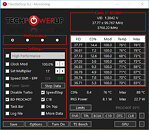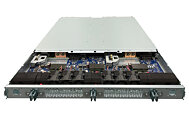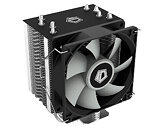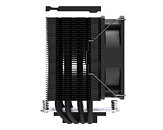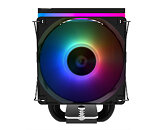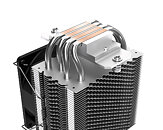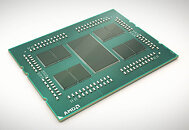
Apple A14X Bionic Rumored To Match Intel Core i9-9880H
The Apple A14X Bionic is an upcoming processor from Apple which is expected to feature in the upcoming iPad Pro models and should be manufactured on TSMC's 5 nm node. Tech YouTuber Luke Miani has recently provided a performance graph for the A14X chip based on "leaked/suspected A14 info + average performance gains from previous X chips". In these graphs, the Apple A14X can be seen matching the Intel Core i9-9880H in Geekbench 5 with a score of 7480. The Intel Intel Core i9-9880H is a 45 W eight-core mobile CPU found in high-end notebooks such as the 2019 16-inch MacBook Pro and requires significant cooling to keep thermals under control.
If these performance estimates are correct or even close then Apple will have a serious productivity device and will serve as a strong basis for Apple's transition to custom CPU's for it's MacBook's in 2021. Apple may use a custom version of the A14X with slightly higher clocks in their upcoming ARM MacBooks according to Luke Miani. These results are estimations at best so take them with a pinch of salt until Apple officially unveils the chip.
If these performance estimates are correct or even close then Apple will have a serious productivity device and will serve as a strong basis for Apple's transition to custom CPU's for it's MacBook's in 2021. Apple may use a custom version of the A14X with slightly higher clocks in their upcoming ARM MacBooks according to Luke Miani. These results are estimations at best so take them with a pinch of salt until Apple officially unveils the chip.







